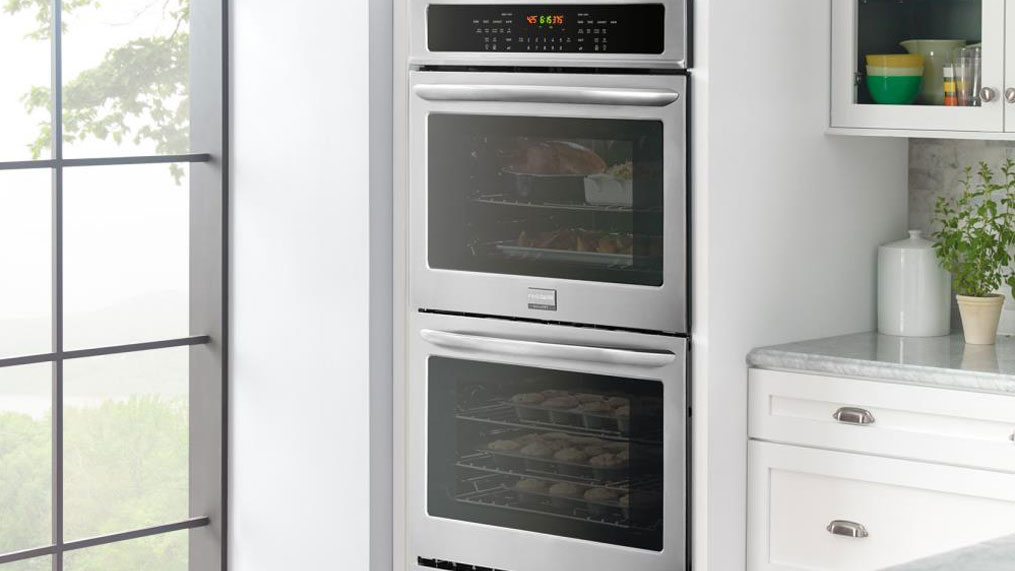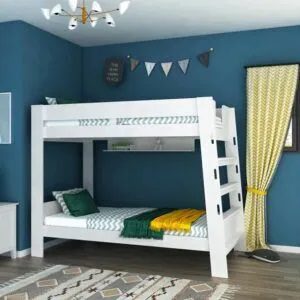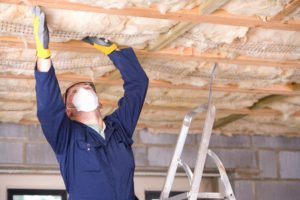There is no denying the popularity of built-in ovens in households. They are ideal for experimental cooking and have a minimalist design, practical features and powerful performance. Many styles and sizes of built-in ovens suit any kitchen design.
So, how to choose the right oven? There are essential things to consider when buying a built-in range. With our practical guide with helpful tips, you will choose the right oven suitable for your needs and kitchen space.
Types of Built-in Ovens
No matter what your kitchen layout or personal taste is, built-in ovens deliver the latest technologies for the ultimate cooking experience. Different ranges have various cooking methods, such as baking, roasting, steaming, or combining.
Built-in Single Oven
A single oven has one section, perfect for households that only frequently cook one dish at a time. The electric version offers accurate heating and heat distribution. Since it is not very large, it may only be practical if you cook a little. You can install this oven type in a cabinet cavity or underneath a benchtop. There are single-wall ovens that meet a single person’s needs and 90cm models for larger families. Single ovens come with a range of options for every type of cooking.
They are ideal for:
- Small family – big family
- Apartment living
- Properties for rent
Built-in Double Oven
Double ovens let you cook multiple things simultaneously because they have two separate compartments. This model fits various kitchen designs with versatility, functionality, and elegant design. Built-in double ovens also come with a variety of features and functions. They work well for households that prepare several meals throughout the day or for people who love to cook. When you cook something small, use a less-large compartment to save energy. They take up much space and should only be used in large kitchens. Alternatively, you can use a double-built under oven, which is slightly smaller. A double built-in oven is also tough to clean due to its size, so a professional oven cleaning service will be necessary.
Perfect for:
- Large families
- Cooking multiple meals
Steam Oven
A steam oven is excellent for preparing healthier dishes while keeping great flavour and nutrition. Steam and hot air combined during cooking create a crispier layer on your meals, preventing them from drying.
The steam oven is an excellent choice for:
- Small to large families
- Culinary adventurers
Pyrolytic Oven
The pyrolytic type offers the most effective deep self-clean. When the oven isn’t cleaned correctly, cooking has an unpleasant aftertaste. A pyrolytic model lets you enjoy your meal while the appliance handles the cleanup. A pyrolytic clean mode reduces leftover food and grease to ash by heating the oven to an extremely high temperature. Besides being highly convenient, you don’t have to use harsh chemicals inside your oven.
Key Factors to Consider When Purchasing a Built-in Oven
Your Budget
The type of built-in oven you choose depends mainly on the price you will pay. Single and double ovens are available in different price ranges. Single ovens are usually more affordable than double ovens. However, double ovens offer more flexibility in size and functions, allowing you to cook multiple dishes.
Size and Volume
Consider how often you cook, how big your kitchen is, and how large your household is before choosing the right oven size. Besides measuring width and height, ovens are also measured by volume in litres.
- Height of 45 cm: A compact oven;
- With a width of 60 cm: A single standard-size oven;
- 90 cm width: A model with two trays side-by-side;
Using the capacity guide below, you can choose the oven that best suits your needs:
- 30-40 litres – this type of oven is ideal for single households (1-2 people).
- 40-70 litres – large enough for 3-4 people
- 70+ litres – excellent for large families (4+ people).
You should measure your space before buying a built-in oven if replacing an old one. You should measure your existing cabinets’ width, height, and length. If installing a built-in oven for the first time, you must measure the space below the countertop.
Installation Options
If you choose a gas oven, a Gas Safe engineer must install it according to the regulations. If you buy an electric oven, you can install it and save money. If you are unfamiliar with or comfortable working with electrical wiring, hire a professional electrician.
Energy Efficiency
Ovens consume less energy than other household appliances. However, you should still check their efficiency before buying one. Their alphabetical rating measures the energy efficiency of your kitchen appliances.
A+++ is the highest rating. In alphabetical order, energy efficiency decreases. The energy rating of built-in ovens is usually lower than B, helping to keep your energy bills down while also helping the environment.
Fuel Type
The two main fuel types for built-in ovens are gas and electric. Aside from your home’s connection points, you must determine your budget and what foods you’ll most often prepare. A single gas oven is more reasonable than an electric one. However, it should be noted that the prices of the cheapest gas and most expensive electric ovens are similar.
Consider the following advantages before choosing:
Electric Ovens:
- More popular than gas ovens;
- Provide quick heating and better distribution of heat;
- The electric type has programmable timers. You can set it to turn on and off when you are not around.
- Have more features and functions;
- Safety features are integrated into them to protect you and your property.
Gas Ovens:
- More cost-effective than electric ovens;
- More precise temperature control and faster heating than electric models;
- Easy to maintain;
- Modern gas ovens have safety features such as valves and ignition systems to prevent accidents.
Method Of Cooking
- Conventional ovens have dual heating elements that heat the air inside: on the top and near the bottom. Since this type of oven does not have a fan to circulate the hot air, cooking various items requires rotation for the best results. A heating element at the top delivers intense heat and browns food.
- In authentic fan ovens, there is only one heating element around the fan. As warm air constantly circulates the cavity, food cooks more quickly in a fan oven. You can cook more food at once without changing the positions of dishes.
- Multifunctional ovens have multiple heating elements to provide different heating styles for different types of food. They are a combination of a conventional and a fan oven. As a result, it is great for all kinds of cooking, ensuring tenderly cooked meat, excellent pastries, and perfectly crisp potatoes. Multifunctional ovens have a defrosting function as well.
Extra Oven Features To Look For
Built-in ovens offer innovative features that make your meal preparation simple and enjoyable. The following are just a few:
- Self-Cleaning – in some built-in oven models, you can benefit from a self-cleaning function, making this model more expensive. Cleaning your oven manually between self-cleaning cycles is fine if you use the right tools. Considering the high temperatures used to clean them, whether these ovens are safe is doubtful. An automatic locking door is one of the safety features. If you still have concerns about the self-cleaning option, leave the job to the professional oven cleaners.
- Digital control – in comparison with dials, digital controls are more precise. In addition, they can provide more flexibility, as well as a sleeker design.
- A programmable timer allows you to program the oven to cook for a specific time. Ovens turn on, cook, and shut off automatically.
- An automatic cooking control system – you can select the dish you want to cook, and the oven will determine the required temperature, heat source, and cooking time.
- Doors with three or four layers of glass for extra thermal efficiency, preserving heat and saving energy.
- Fan Assistance – fan-assisted ovens, also called conception ovens, circulate hot air so that cooking happens faster and more evenly. Furthermore, this type of built-in oven is more energy-efficient, resulting in lower utility bills.
Takeaways
Here are the main takeaways to consider when buying a built-in oven:
- Consider the kitchen space available. Choose the right oven size and design for your needs.
- Select the suitable oven type according to the number of household members and how often you prepare meals.
- Assess the following features: convection, self-cleaning, and temperature control.
- The energy-efficiency rating is also a key factor when purchasing a built-in oven.





Be First to Comment